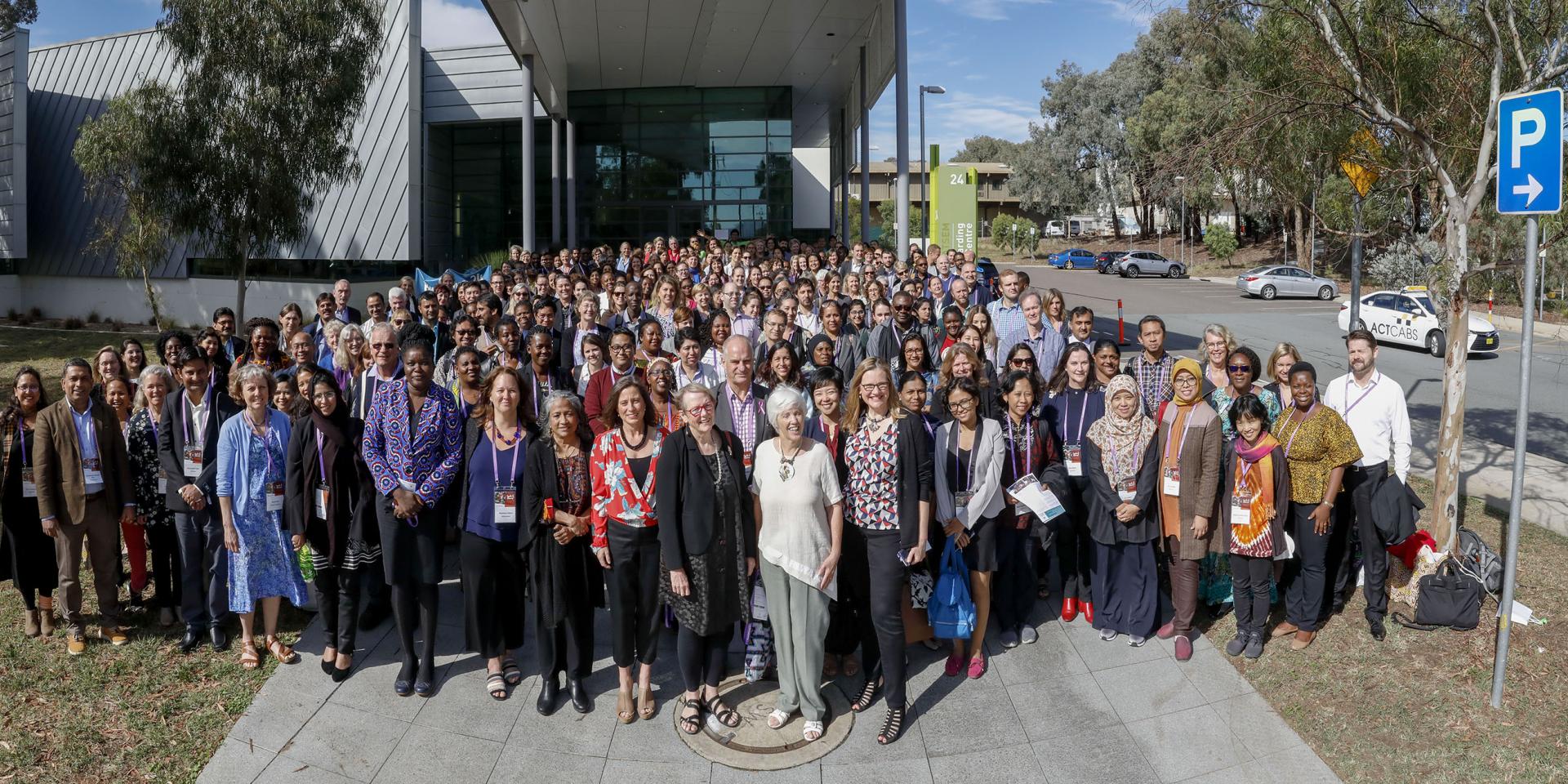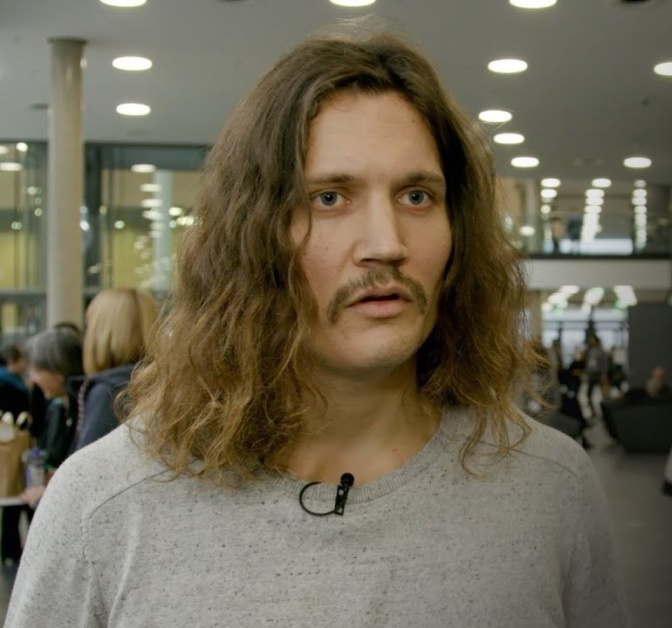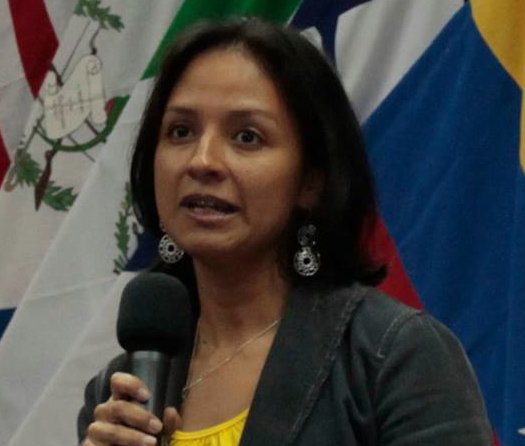Seeds of Change harvest – Mapping the changing landscapes of gender: Markus Ihalainen & Iliana Monterroso (CIFOR)
 Photo: Patrick Cape/ACIAR.
Photo: Patrick Cape/ACIAR.
During the Seeds of Change conference, we approached several personalities from the ‘Gender in Agriculture’ crowd to interview them on their work, on their insights about the conference and their outlook on the next frontiers of our field of research. Find an overview of all conference related outputs here.
In this interview, we feature Markus Ihalainen and Iliana Monterroso from the Center for International Forestry Research (CIFOR), who are co-sharing the responsibility of CIFOR Gender Representative for the CGIAR Research Program on Forests, Trees and Agroforestry.
What is exciting and/or challenging about this conference, its contents and the fact that for the first time the CGIAR community is also mixing up with the wider ‘GenderInAg’ community?

Markus: It’s really only been exciting and fun to open up! We have a lot to learn. We focus a lot inwards in the CGIAR so this is a great opportunity to work with others. The session on masculinities was nice to have, as it’s one of the new frontiers to look into. How to integrate this and other issues? It’s exciting!

Iliana: I like that it’s open beyond CGIAR. It makes for very rich and diverse research, conceptual perspectives, geographic scopes. Aligning different topics might be quite difficult: what’s the discussion out there and how do relevant issues feed into the CG system?
Markus: In terms of the logistics of the conference, it’s an issue though: time is very short (1 hour) for a panel session, it’s difficult for the chair to keep time for talking.
Iliana: Though I’ve also seen different types of chairing and some have managed to allow clarifications and discussion.
What have been your highlights of the conference and what has inspired you to try back home/to your work?
Iliana: The Masculinities panel challenged our own perceptions of gender and how we analyze it. It’s an interesting perspective that we should continually try and understand for research on forestry (which is a very male domain).
Markus: We absolutely need to put in that methodological work, because many of these aspects come out when we do our field work. For instance in some contexts, when women are working with charcoal it is thought of as “men being lazy” or “the man has failed”. So these notions of masculinity really shape the material realities for women and men, e.g. in terms of influencing women and men’s economic responsibilities and opportunities. We need to do some conceptual work to be able to register these experiences as such, properly.
Iliana: This is also important for policy relevance: forest and land are men’s domains. We need to relate to how interventions are being designed. For instance, interventions that promote participation by convening ‘heads of household’ or ‘community leaders’ rely on stereotypes of the roles women and men play at the local level and might be leaving out women. Identifying how masculinities influence the way these interventions unfold at the local level is important to improve our work on the ground.
Markus: Yes, as feminists we don’t believe equality is a zero-sum game. But understanding ways in which masculinities are embedded in e.g. different resource management practices can perhaps help gender equality advocates better navigate different social contexts as well as anticipate and mitigate possible push-back.
What do you see as one of the ‘next frontiers’ of gender in agriculture research in the next few years?
Markus: Masculinity; I’m personally also very interested in getting involved in the global agenda for landscape restoration, as I really see it as a nice way of conceptually bringing together many CGIAR work streams: Climate change, biodiversity, food security, agricultural productivity and value chains etc. with different types of actors. It offers us opportunities to think more coherently on how this works together. I think we should use opportunities such as the recently launched UN decade on ecosystem restoration to really think about how to leverage our collective expertise as the CGIAR gender community to have a voice in these processes.
Iliana: I was in this panel discussing feminization and de-feminization of agriculture. Some of the issues discussed were not really new: we are re-visiting and re-analyzing them. But ongoing transformations in agricultural landscapes are requiring we used different approaches to go beyond how we conventionally perceive agricultural issues. The panel was an interesting way to discuss how can we revisit all these concepts and reveal new insights from these analyzes. The CGIAR system is doing quite interesting work that builds on existing research to better understand the drivers of change and the consequences of these transformation processes.
What are you currently working on and what do you think will be your next area of focus?
Markus: I am currently involved in a project looking at the gender dynamics of wood fuel value chains in Sub-Saharan Africa. We also have a grant from the CGIAR gender platform to interrogate the feminization of agriculture -hypothesis in Indonesia, which is proving to be a really interesting case, actually. We have also been developing a Global Landscapes Forum gender constituency on landscape restoration, which I am really excited to keep working with. I think there is a huge need to bring together people working at different sides of the gender and environment -nexus and to make sure gender equality is at the core of the restoration agenda.
Iliana: With other colleagues in the CGIAR we are working on how to better assess gender in situations where collective rights are recognized to forests and pasture lands. This is quite relevant as many countries are ongoing regulatory reforms to recognize these set of rights to indigenous and customary peoples, but we know very little on how distribution of rights and decisions unfold at the local level. There has been very little work on these issues and we see an important opportunity to better address gender and avoid social differentiation in existing reforms. I am also involved in a project where I will be assessing gender in multi-stakeholder platforms. These development practices have been widely promoted as approaches that favor participation of both men and women. I am quite interested in what we can learn from these practices and find out whether they have been able to provide a more equitable playing field for women.
Find an overview of all outputs from the Seeds of Change conference at: https://gender.cgiar.org/annual-conference-2019/